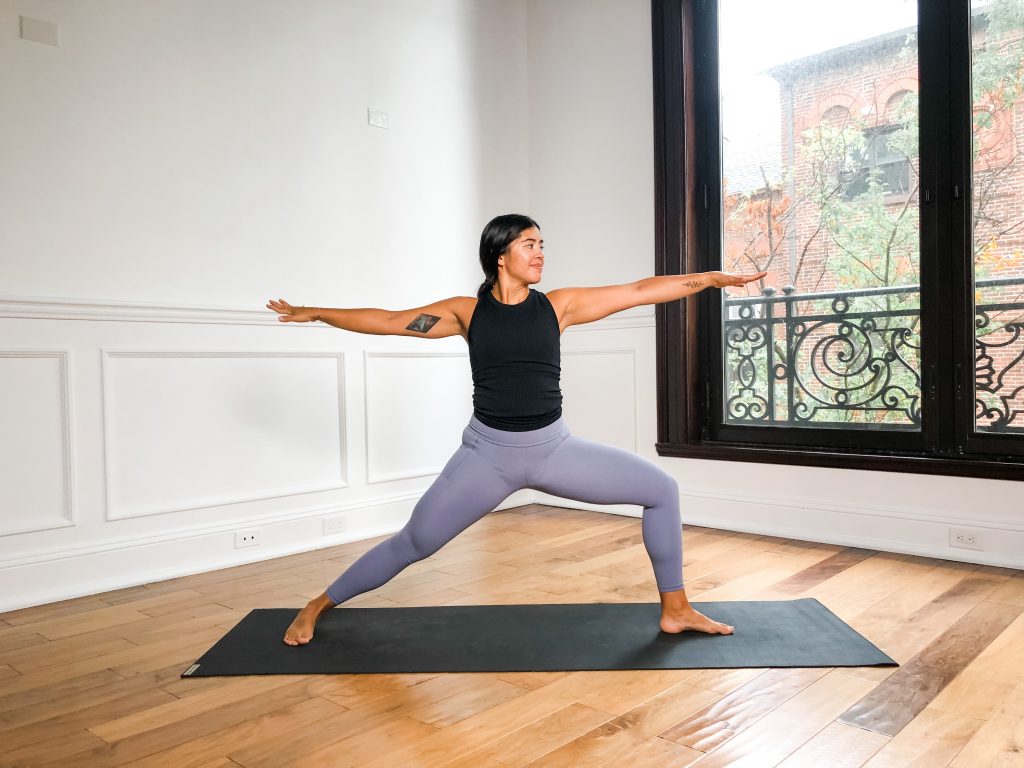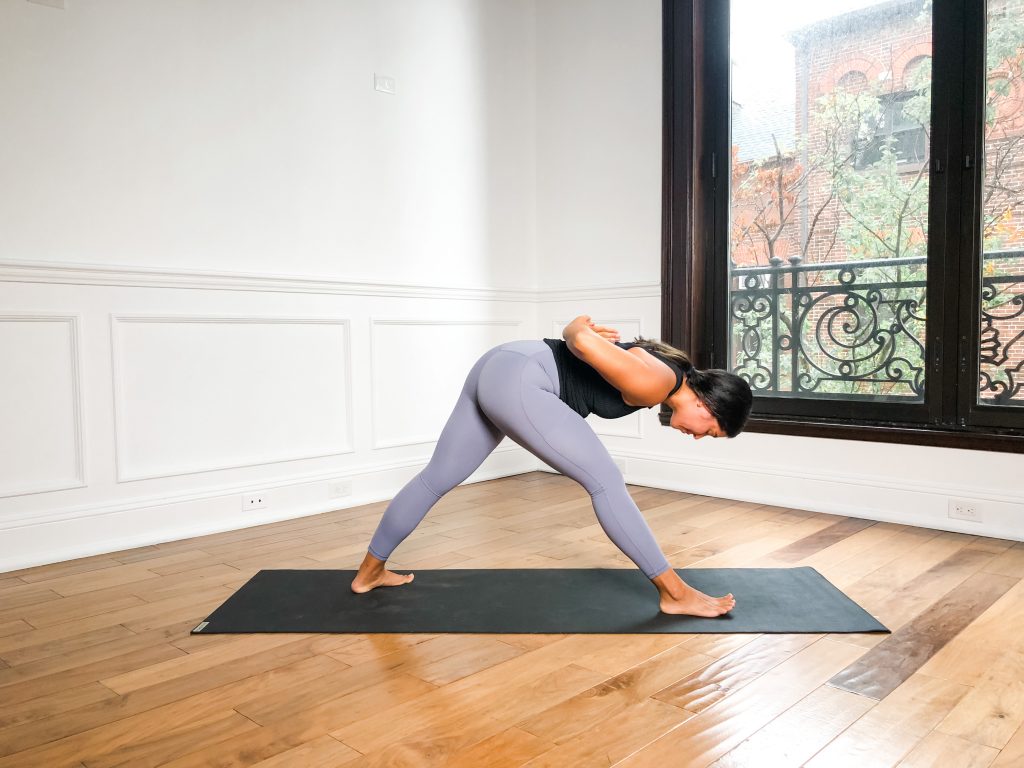
This week we’re exploring the fourth chakra, the heart chakra or Anahata. The rainbow bridge, as Anodea Judith refers to it, is connected by the heart chakra — connecting the lower (earth) and the upper (ethereal) chakras.
Within the chakra system there are two directions of flow:
- The path of liberation — starts at the first (root) chakra and works up to the seventh (crown).
- The path of manifestation — starts at the seventh (crown) chakra and works down to the first (root). The balance of both are what contributes to our wholeness.
The heart chakra encapsulates:
- Balance
- Love
- Self-reflection
- Self-acceptance
- Relationships
- Intimacy
- Grief
- Devotion.
In first chakra, we took the time to ground ourselves and to acknowledge our roots and our physical form. In second chakra we connected with our emotional realm giving us the ability to perceive pleasurable vs. not pleasurable. In third chakra we stepped into our sense of self and began to develop our personal willpower. Now imagine taking all of that and throwing some love into the mix.
Love for oneself and love for others (our relationships) set the groundwork for massive growth, transformation, and expression. Love brings magic into our lives and widens our perspective. Think about how your perspective shifts when you are in a romantic relationship. You might see things differently and try to intentionally understand another because of love.
It’s not just the bright side of love that presents the opportunity to shift, but with true love may come grief. The loss of love of oneself or another whether it be through a breakup or death presents an opportunity to grow through pain (if we allow it of course). The matters of the heart are surely no joke, but the heart is strong. With self-compassion, reflection, acceptance, and trust in time, things work their way back into balance.
Supporting Pose #1: Lizard (Utthan Pristhasana)

The lower body portion of our peak pose definitely requires an opening of the groin muscles. Lizard is a nice choice to begin opening in that direction. It’s also relatively accessible for practitioners as there’s many ways to use props (or not) to serve each body.
How to:
- From downward facing dog, step the right foot to the outside of the right hand.
- Lower the left knee to floor.
- Options to have the palms on the ground or blocks, or to lower the forearms down to the ground.
*It’s okay to let the right hip open to widen the knee further and perhaps come to the outer blade of the foot, especially with this week’s peak pose.
Supporting Pose #2: Warrior 2 (Virabhadrasana II)

Warrior 2 is another great pose for widening the groin and the chest (two focuses of our peak pose).
- From downward facing dog, step the right foot forward for low lunge.
- Swivel the left heel down so the left foot is more or less parallel to the short side of the mat.
- Bend the right knee at 90 degrees and bring the torso upright so the crown of the head is aiming towards the ceiling.
- Widen the right knee over the second and third toe so the inner thigh can lengthen.
- Spread the arms towards the front and back of the room and take the gaze over the front middle finger.
Supporting Pose #3: Pyramid with Reverse Prayer (Parsvottanasana)

The legs in the split position as found in pyramid contribute to the lengthening of the groin muscles (just be careful to not shorten the stance too much). The reverse prayer portion of this pose to help to firm the upper back in and draw the shoulder blades together in service of widening the chest.
How to:
- From warrior I, swim the arms behind the back and join the palms together with the fingers aiming up towards the head. It helps to hinge forward a bit and “crawl” the hands towards the upper back.
- Straighten the legs and lift the kneecaps.
- Press the left heel down and draw the right hip back as the torso hinges forward.
- As the upper body dives down, ensure to pull the shoulder blades towards one another to keep widening the chest.
- Work the nose in the direction of the knee.
Peak Pose: Supported Fish + Reclined Bound Angle (Matsyasana + Supta Baddha Konasana)

This pose may be intense for some and for others it may feel more relaxing. But in terms of really tending to the heart, I feel like this is a great pose. It opens up the front body which creates optimal space for the lungs and presents the opportunity for the practitioner’s nervous system to settle so the heart can be offered in a really compassionate way.
How to:
- Set up the blocks for supported fish so that one block is set up on the low/medium setting horizontally and the other is on the medium/high setting (respectively) vertically.
- Lie down so that the horizontal block is supporting the shoulder blades and the vertical block is supporting the head. There may be some discomfort here, but generally speaking this should feel supportive and like it can be sustained for at least a couple minutes.
- Bring the soles of the feet together and widen the knees. Depending on how long you are here, you can support the legs with blocks or a blanket.
- Allow the arms to stretch out towards the side in a comfortable manner. If the arms feel unsupported, you can place blankets or pillows under the forearms.
Sources: Eastern Body, Western Mind by Anodea Judith







